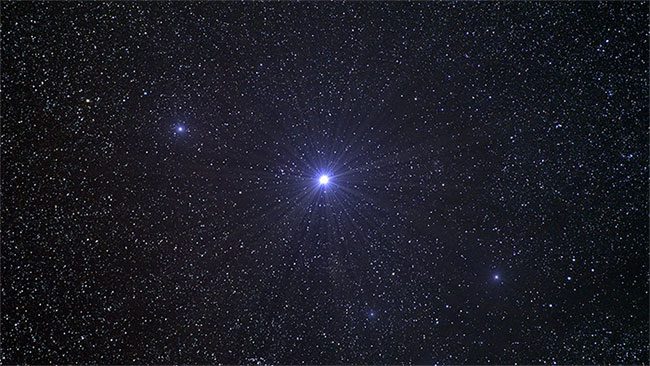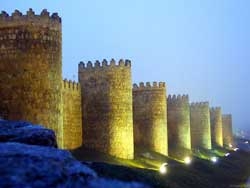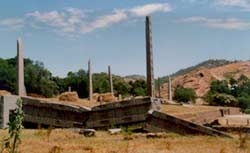To carry out this project, Japan has had to hollow out a mountain. Once completed, this super project will be unlike any existing construction.
Hollowing Out a Mountain to Build a Massive Structure

This is a super project that is 4.5 times larger than the world’s number one aquarium, Seaworld Abu Dhabi.
According to The B1M, Japan is “hollowing out” a mountain to solve the universe’s “puzzling” question. Specifically, the country is constructing the world’s largest neutrino observatory – Hyper-Kamiokande at Mount Nijuugo in Kamioka Town. This super project is 4.5 times larger than the world’s number one aquarium, Seaworld Abu Dhabi.
The project, aimed at detecting neutrinos, is expected to cost $600 million (over 14.8 trillion VND), to be completed by 2026, with additional experiments to take place in 2027. It is known that Hyper-Kamiokande is led by the University of Tokyo and supported by researchers from 21 countries.
The entire Hyper-Kamiokande project comprises a gigantic cylindrical structure hollowed into the rock, accessible via an upper tunnel and a secondary tunnel at the base. With a height of 88 meters and a width of 69 meters, it is large enough to accommodate an entire Boeing 747.

Hyper-Kamiokande features a gigantic cylindrical structure, 88m tall and 69m wide.
The plan to build Hyper-Kamiokande began in 1999, and after more than two decades of development, construction of the access tunnel commenced in May 2021.
Using drilling and blasting methods, the engineering team took only 9 months to excavate a 2-kilometer-long tunnel, followed by spraying concrete to create a smoother and more stable surface. This access tunnel leads to the center of what will become the observatory’s roof.
Since the observatory is located 681 meters beneath the mountain’s summit, the construction team designed an arch structure and then added a steel framework to reinforce it against the immense weight of the rock above.

Arch structure.
It is reported that phase 1 was completed in October 2023, and the team has now begun the next phase of the project, which involves dismantling the 71-meter rock layer below to create a massive cavern for the observatory.
This presents a significant challenge for the construction team, but it is a crucial factor that makes this location ideal for detecting neutrinos. The density of the rock mass is equivalent to an observatory located 1.7 kilometers below sea level.
The construction conditions provide excellent isolation from cosmic rays and background radiation, factors that could disrupt this experiment.
What Does Hyper-Kamiokande Mean?
The universe contains very small subatomic particles, such as quarks, bosons, and neutrinos. They travel through space, and if humans can understand how this occurs, it could change our perception of the universe and answer many questions.

The universe is made up of extremely small subatomic particles, such as neutrinos.
Traditionally, to detect these particles, teams would collide larger particles at high speeds and record the reactions. This is what is currently happening at the Large Hadron Collider at the European Organization for Nuclear Research (CERN).
However, researchers today have found an easier method to observe these particles. That is to listen. Nevertheless, to achieve ideal results, a remote and very quiet location is needed. Fortunately, Japan has such favorable places.





















































